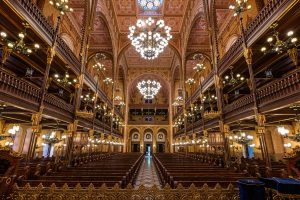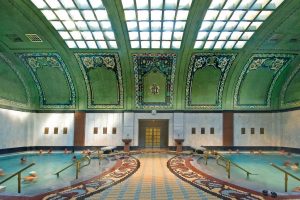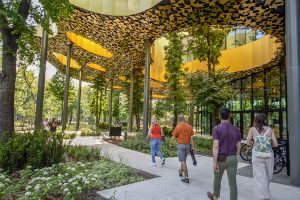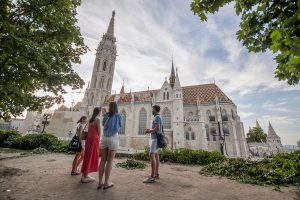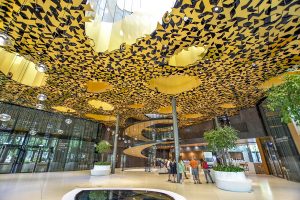Budapest100 aims to draw attention to the architectural values of Budapest and bring its residents closer together: every year nearly 60 houses open to the public for a weekend, accompanied by house walking tours – this time in Hungarian, English, French, and German – and interactive programs. Between 4-5 May this year’s event is unfolding around the Bauhaus movement. We met project manager Julianna Libárdi and research director Barbara Szij at 38-40. Pozsonyi út to ask them about the upcoming urban celebration.

When was Budapest100 first organized?
Julianna Libárdi: Everything started in 2011 when the Goldberger house, the Open Society Archives HQ, celebrated its centenary. On this occasion, the personnel decided to open the building to the public and tell the visitors about its history and present function. After researching and recruiting volunteers, more 100-year-old buildings joined the initiative. As there weren’t many buildings under construction after WWI, Budapest100 started to focus on the buildings of a given area, such as the quayside of river Danube, in 2017.
What is the research process like?
Barbara Szij: It starts in autumn when our volunteers begin to search for buildings built in a given year or style, in architectural journals and archival documents. Our researchers try to find out who lived in the houses, what stores were run, and what events were held, but they also collect news stories reporting about the happenings of the given area, and do genealogy research. We encourage our volunteers to get in touch with the residents who have lived in the house for a long time and might have some interesting stories to tell.

This year we selected houses built between 1928 and 1949 with the help of Hungarian art historian Dániel Kovács, who is a great expert of this period. We sought for buildings displaying the main features of the Bauhaus movement and houses designed by architects that went to the Bauhaus school.
What are the main characteristics of the Bauhaus?
B.SZ.: The Bauhaus movement left conservatism behind by using large, plain surfaces without any ornaments, geometric shapes, and rounded quadrangles. Additionally, designers put special emphasis on raw materials like marble, concrete, and artificial stone cladding.
J.L.: Bauhaus public buildings in Budapest include Átrium, Szilágyi Erzsébet Grammar School, and Palatinus Bath that will all host programs between 4-5 May.
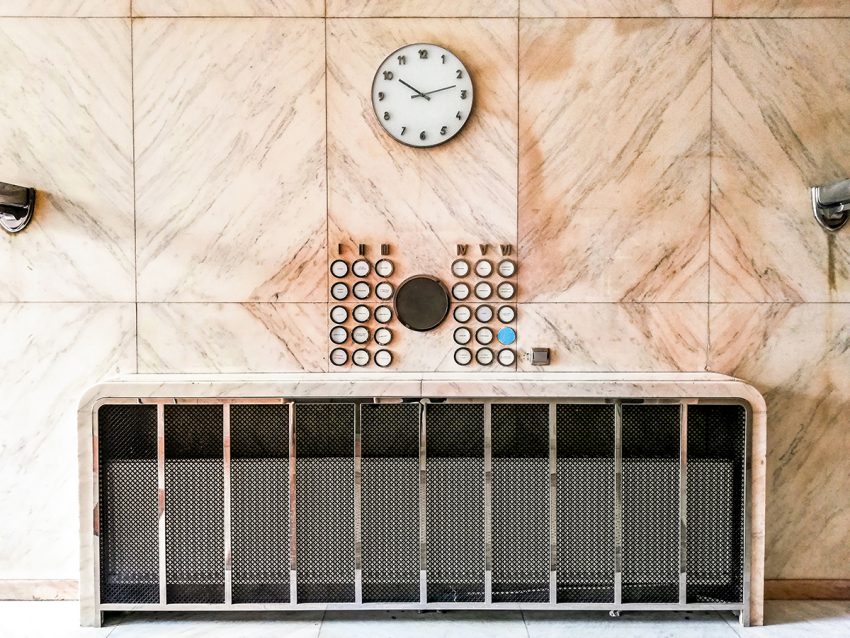
Which is your favourite building that joins Budapest100 this year?
B.SZ.: I feel like a parent when asked about which of her children she loves the most. I’ll point out Fodor utca and Dobsinai utca on Orbánhegy. Two similar houses designed by the same architect will be open to the public: both of them have been renovated recently, keeping the original shapes. There are several such mansions in the neighbourhood that was inhabited by wealthy families in the 1930s.
What about the accompanying programs?
J.L.: For the first time, we are organizing specialized programs for professionals too. On Monday, Hungarian Contemporary Architecture Centre will be hosting two podium discussions on the women of the Bauhaus and the movement in Hungary.
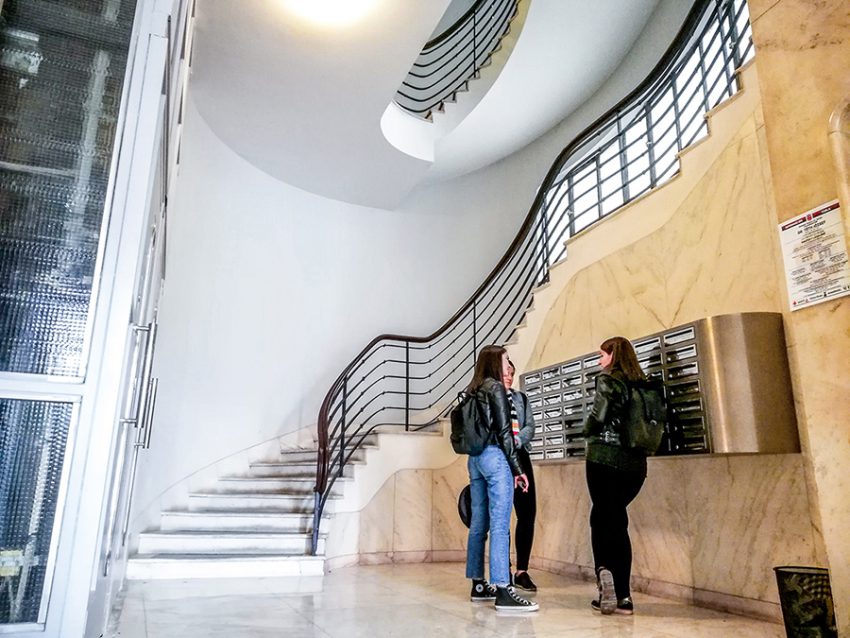
What is your favourite memory related to Budapest100?
B.SZ.: An elderly genealogist, who had lived at 50 József krt. for 50 years when we met, organized a walking tour during which he showed us the house from basement to attic, told us about its history and his personal memories about the Hungarian revolution of 1956.
J.L.: One of the volunteers brought a photo album full of detail shots to a meeting, and we had to go through them and find out which theme he suggested for the following year. This is how we decided to open the houses of the quayside in 2017.
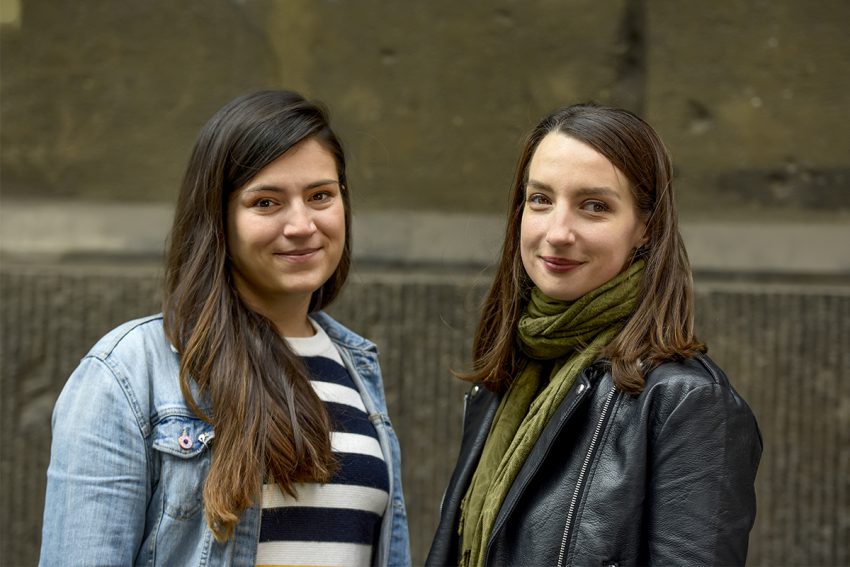
Pozsonyi út 38.
Designed by Béla Hofstätter and Ferenc Domány.
Built in 1935-36.
Famous inhabitants include Lajos Hatvany, the cofounder of Nyugat, the most influential literary newspaper of the 20th century, writer Jenő Heltai, and politician Anna Kéthly.
Programs cover guided tours (in English at 11 AM on both days), quizzes, and an art history exhibition in Dunapark Coffee House.
Photo credit: Kriszti Németh – Egy jó kép rólad

